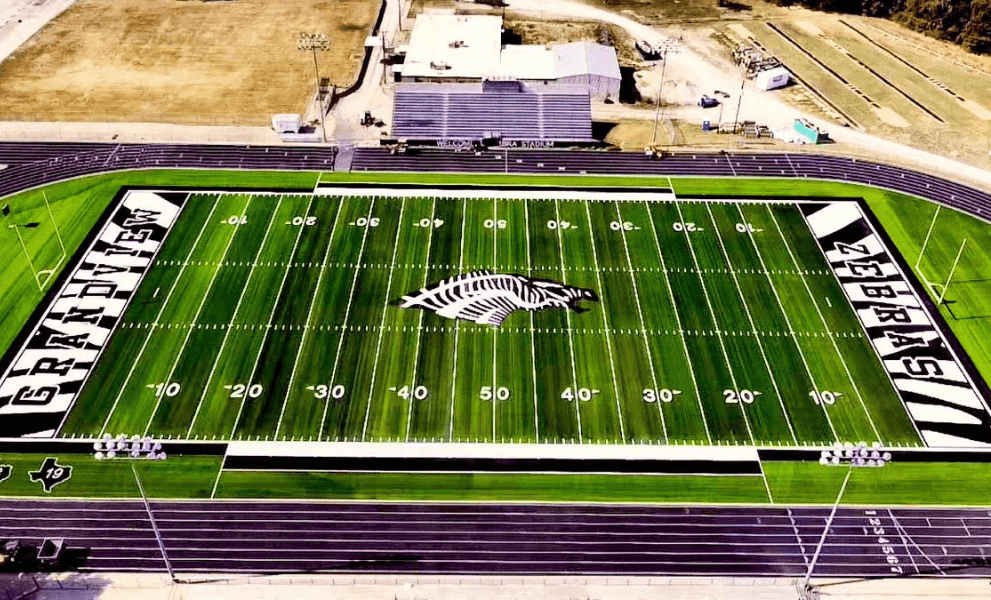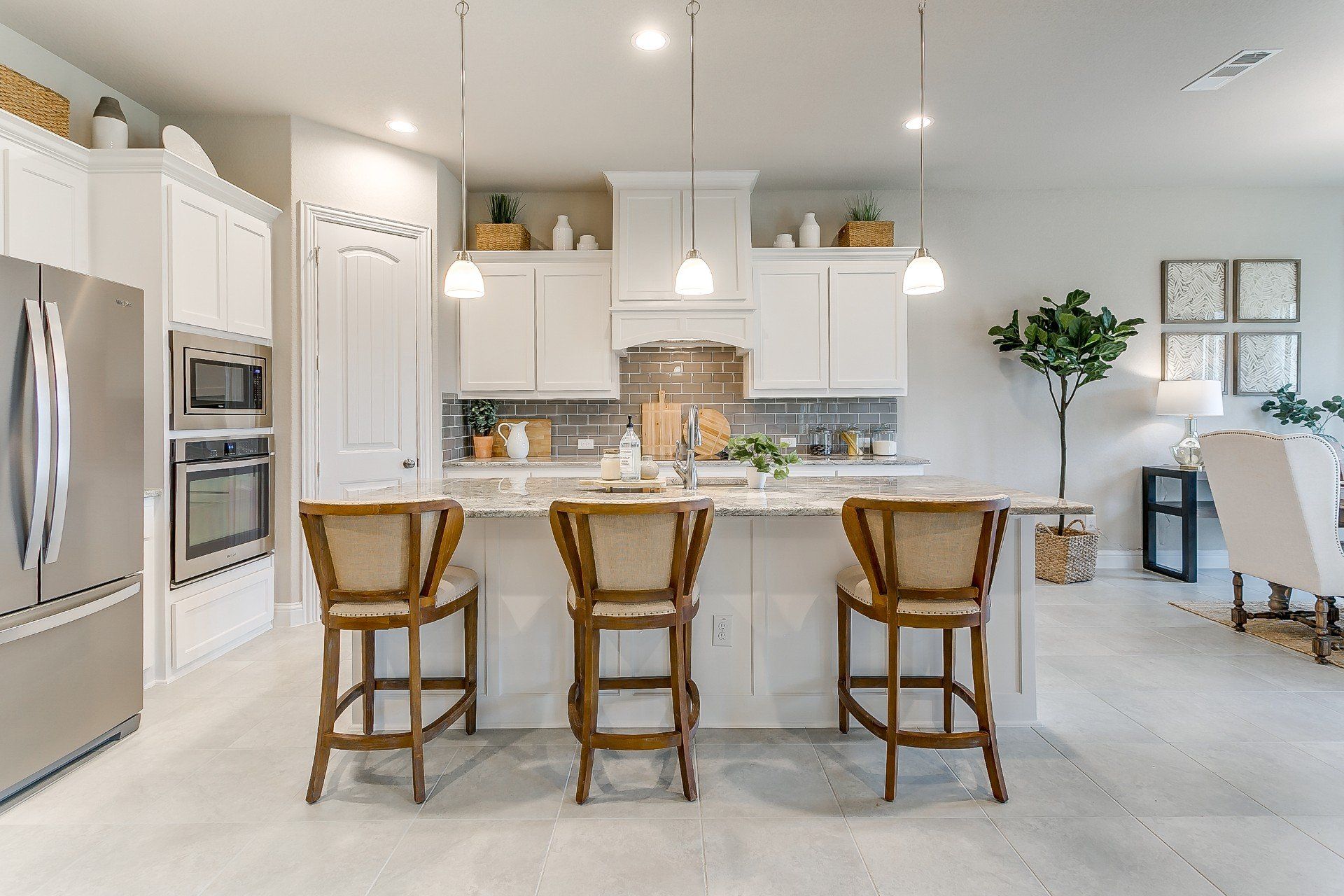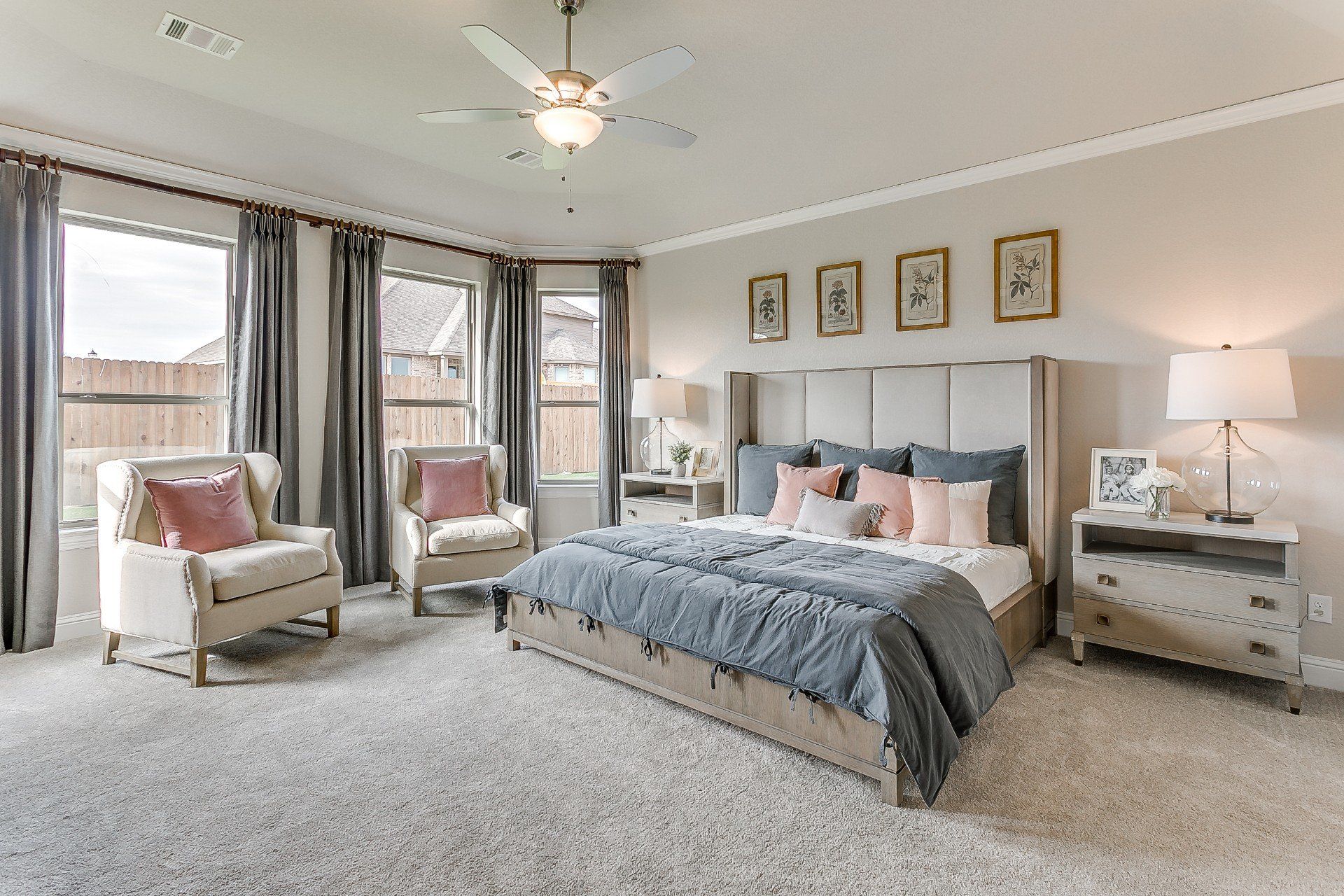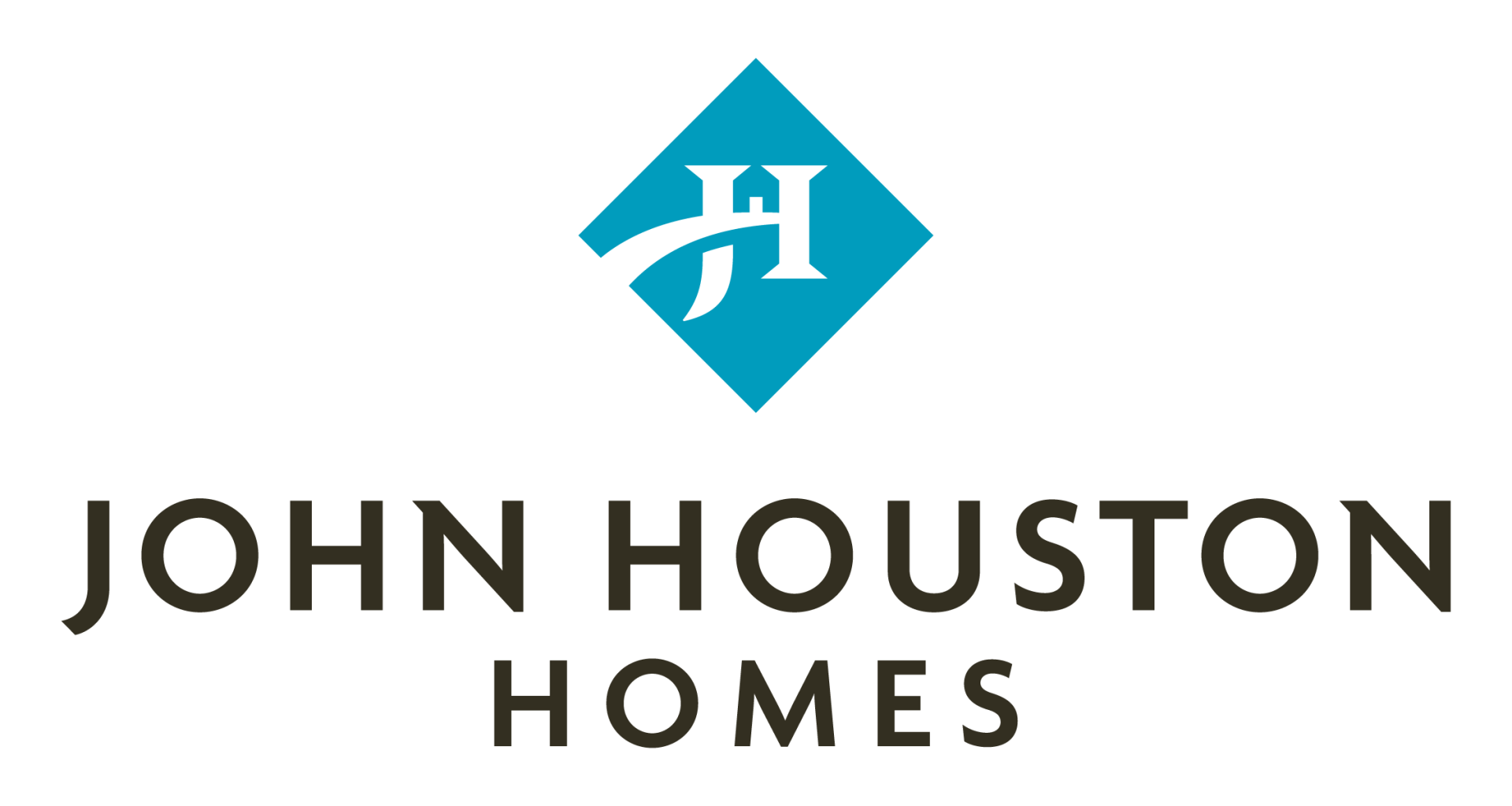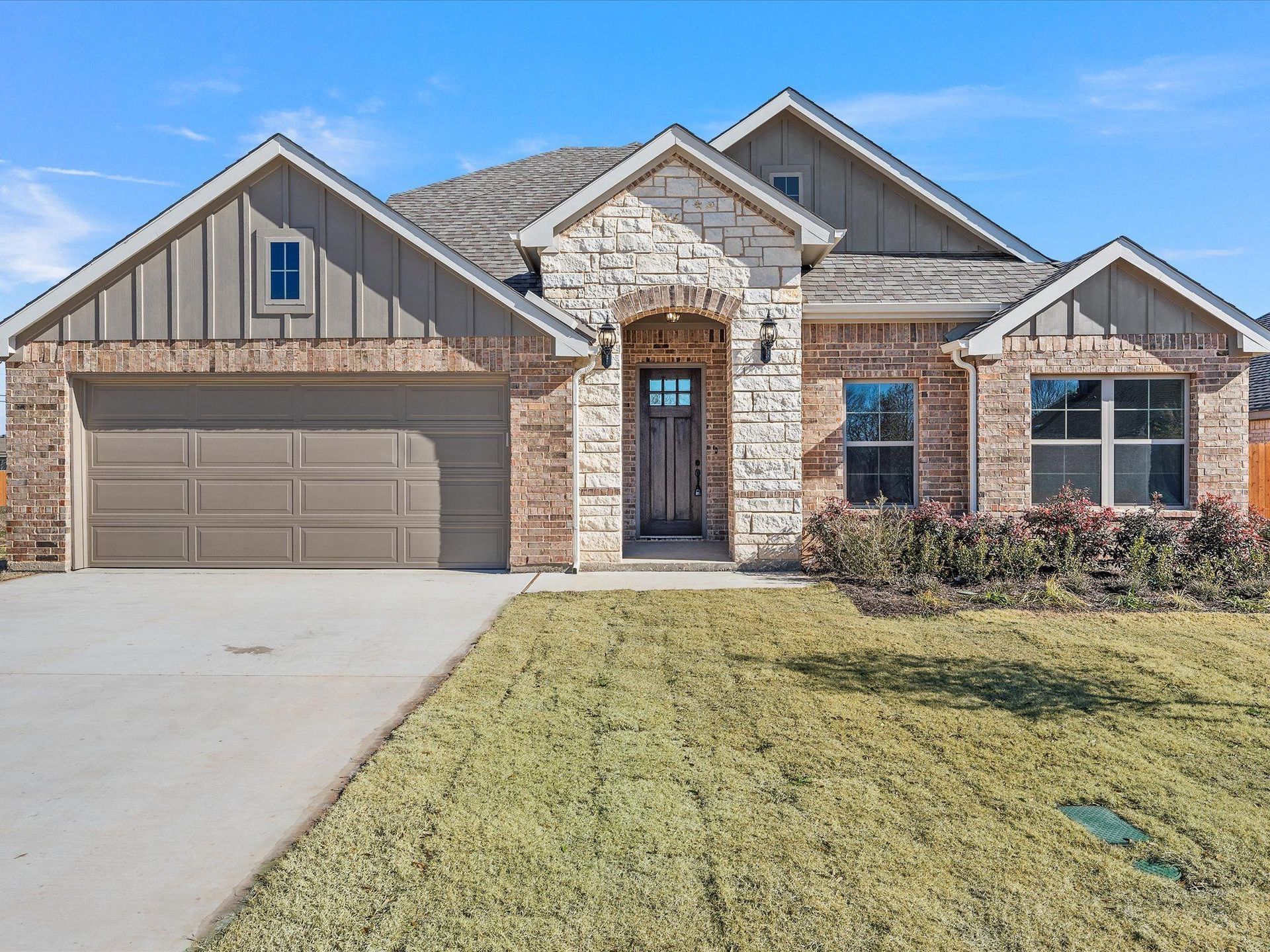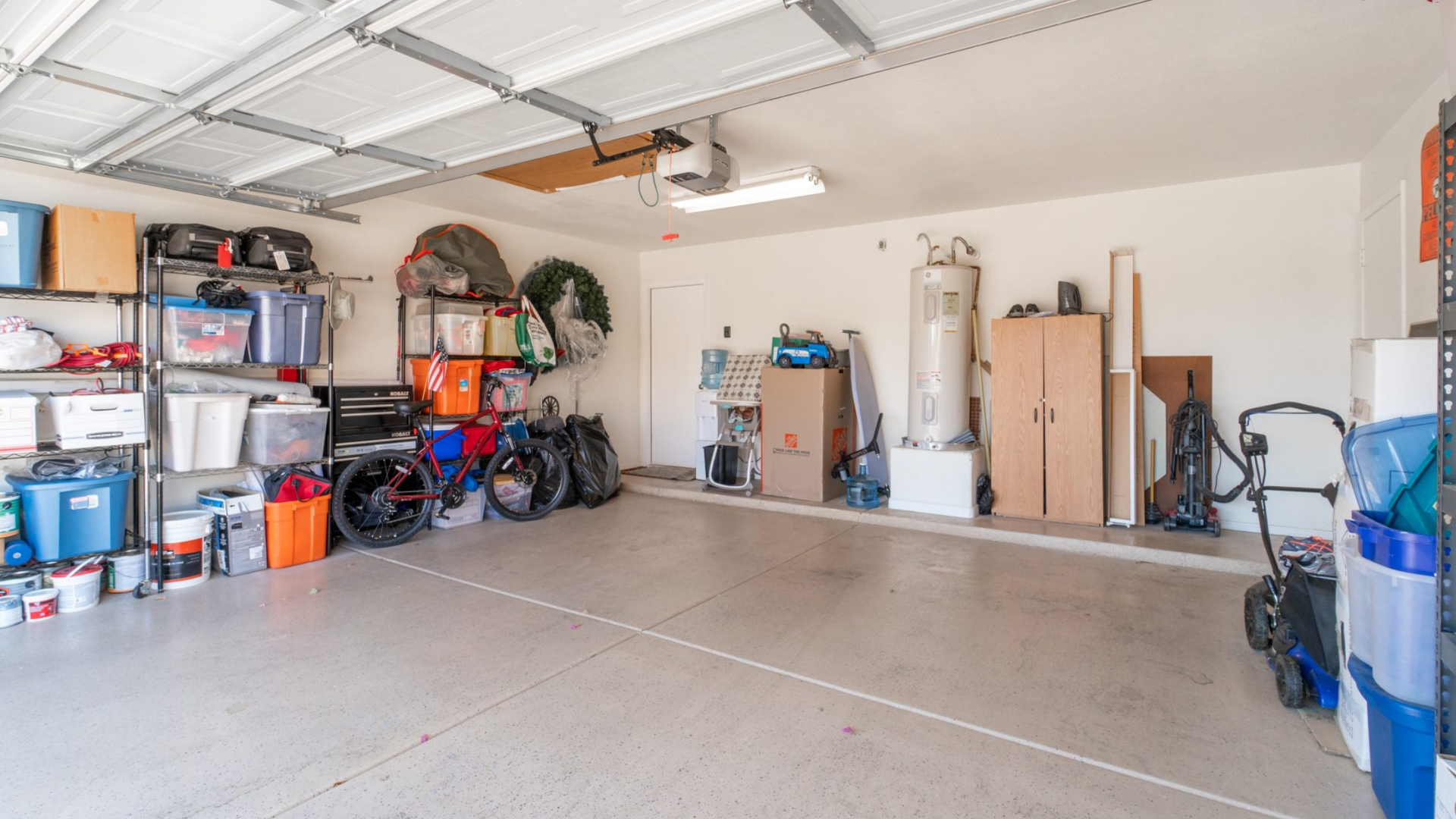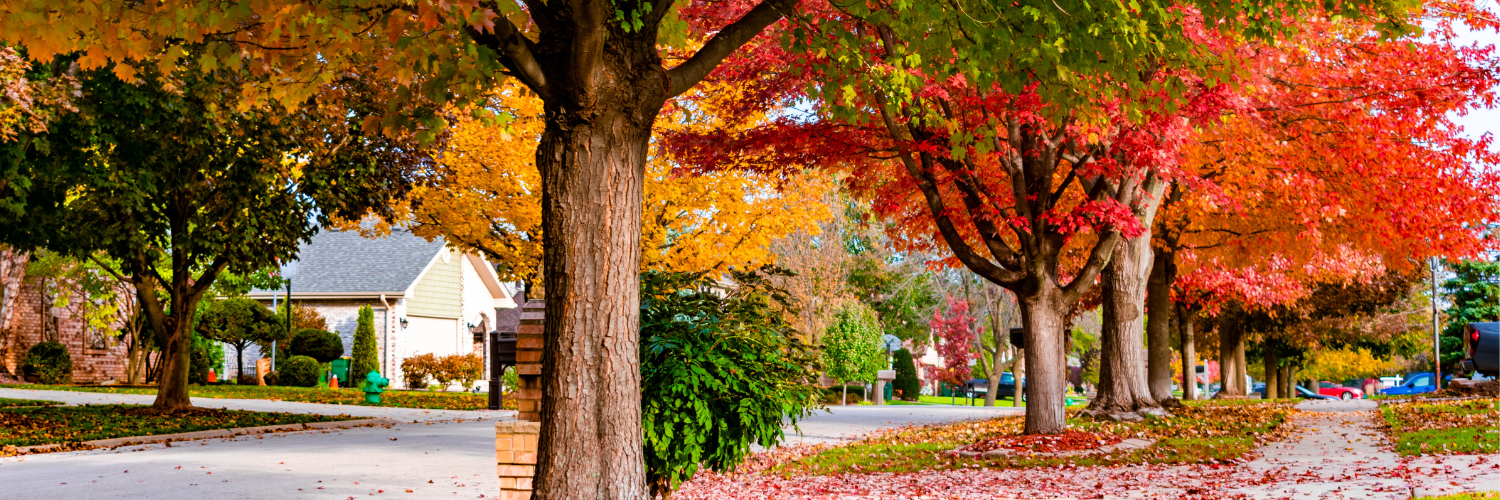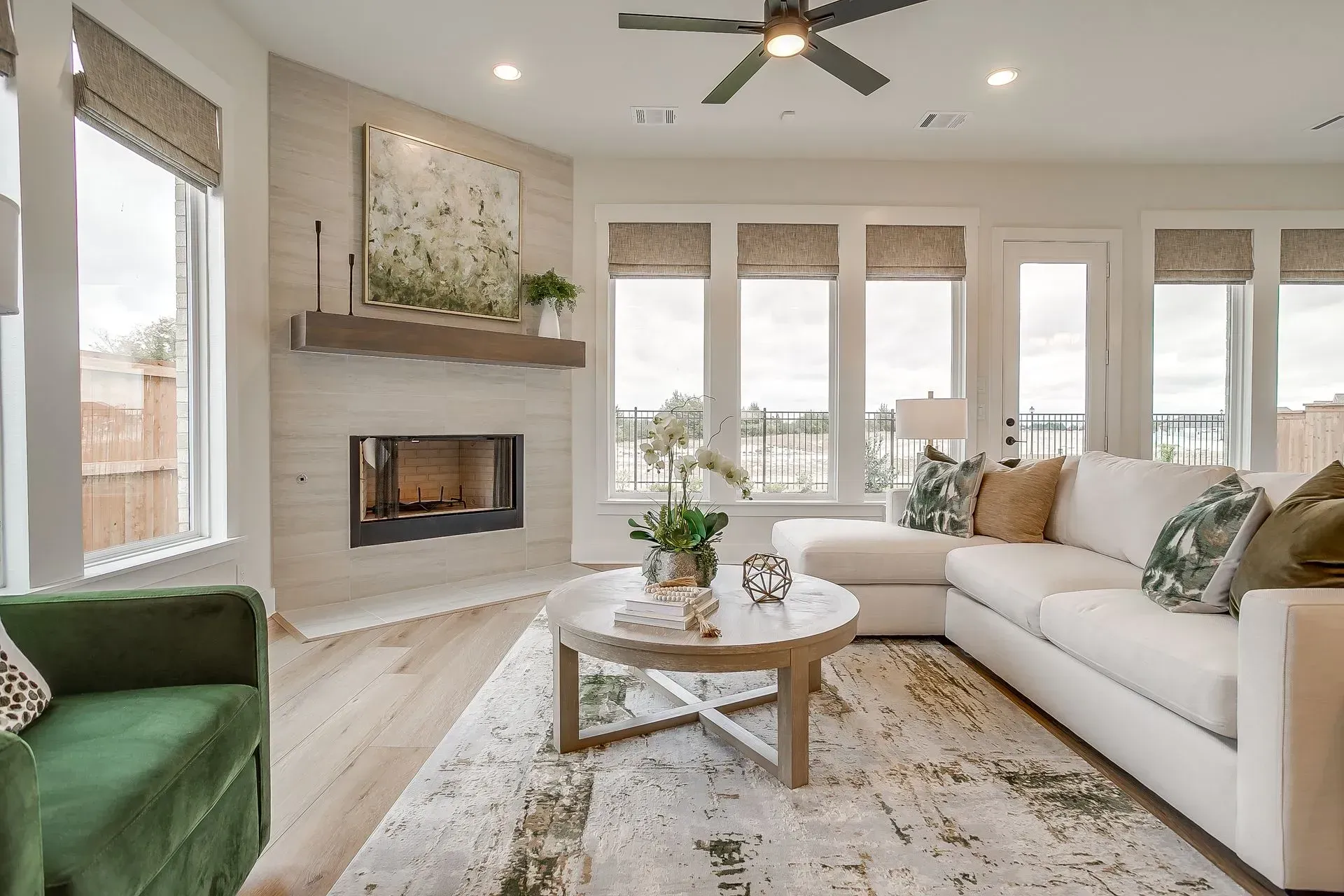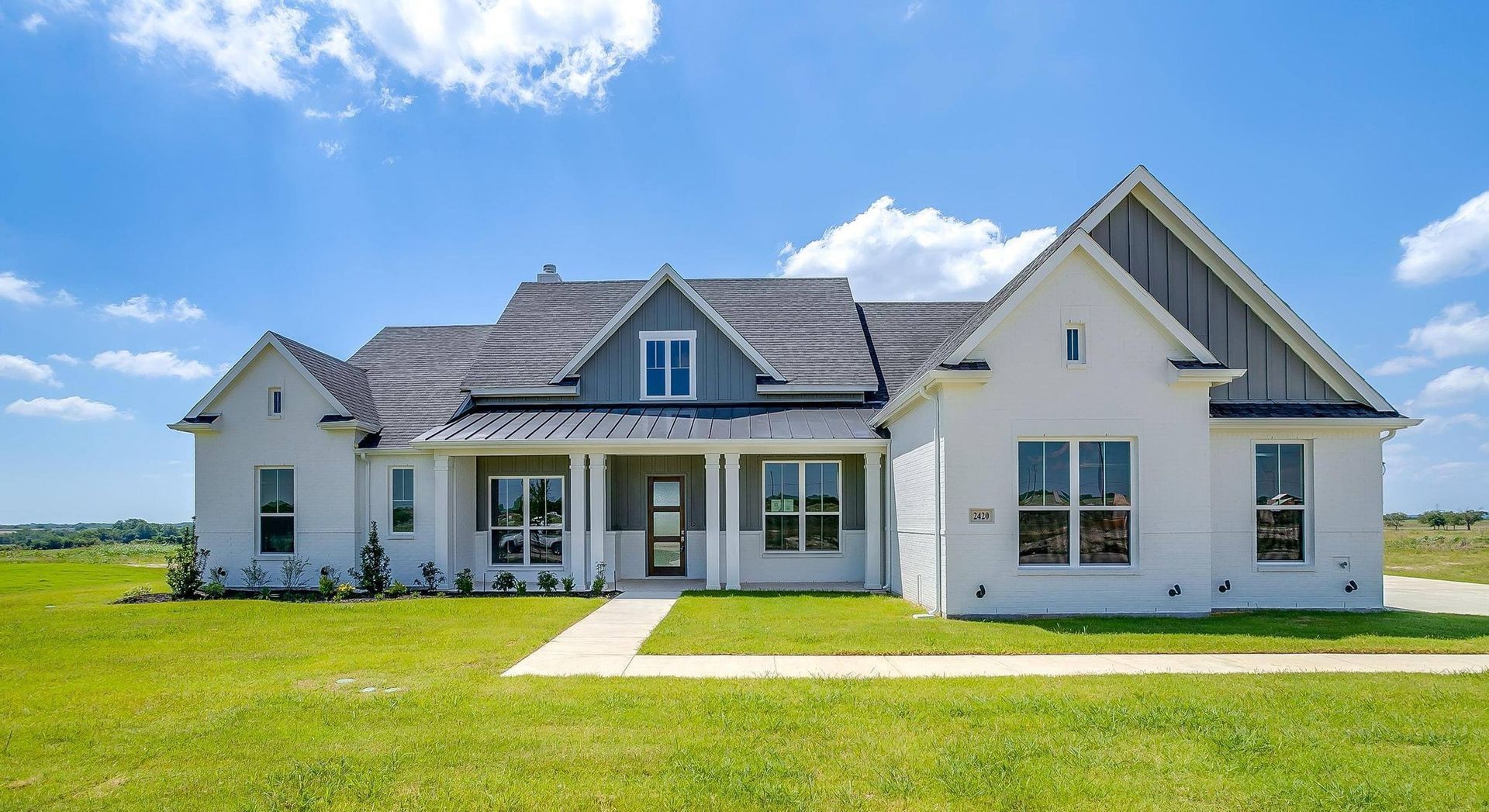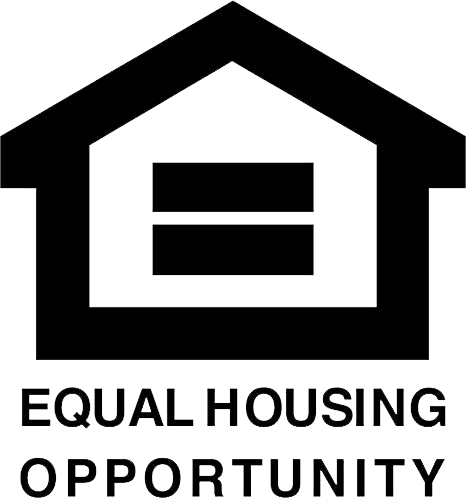Relocating to Texas: Why Remote Workers are Choosing the Lone Star State
Make no mistake about it; the workplace is evolving. Since the pandemic, we have seen many changes, including how – and where – work gets done.
Many Americans who were forced to make the move to virtual employment during the pandemic have now opted to continue the remote arrangement.
This revolutionary shift in the workplace has given employees a lot to think about. More and more people are reimagining not only how they want to work and for whom, but also where they want to live, start families, and raise kids. They are seeking to redefine their work-life balance. In many cases, the work-from-home scenario has opened up a whole new world that wasn’t as conceivable prior to the pandemic.
Why Relocating Is on the Rise
In the face of these changing workplace dynamics, other trends are emerging as well. In particular, many Americans are relocating. With the option to work virtually, making a move to a location long dreamed about is now possible. It might be a lively urban locale, a more rural setting, a seaside community, or a quiet suburban neighborhood near quality schools.
The desire to work remotely has skyrocketed in the past year. In fact, American employees report that a flexible work-from-home policy is now their most coveted workplace feature, according to new research from workplace solutions organization Kintone. These changes have meant myriad benefits not only for workers, but employers, as well.
Many companies report seeing financial savings on office space due to an increase in remote workers. Additionally, 52 percent of employers surveyed said productivity improved over the prolonged work-from-home period, according to PwC’s US Remote Work Survey - January 12, 2021.
And at the end of the day, research is continually revealing what seems logical: employees report feeling happier when working from home. The ability to work differently and think differently is ultimately redefining what “workspace” truly means as well as the ways companies manage their employees and workflow strategies.
Texas Is a Remote Work Destination
In an era that seems to suggest remote work is here to stay, employees everywhere are embracing the change. In doing so, they are expanding their horizons when it comes to searching for places to live. Month after month, Texas has been welcoming an influx of remote workers seeking a fresh take on life.
Historically, Texas has long boasted a well-traveled welcome mat with newcomers ranging from global businesses, families, college grads, international residents, and more. In fact, according to the Texas Relocation Report 2021, more than 500,000 people relocated to the state in 2019. That marked the 7th year in a row that more than 500,000 people moved to Texas. The state, which is the second largest in the nation, has been an enduring favorite for people in search of a warmer southern climate, a friendly vibe, and fewer regulations.
Those same qualities also hold appeal for remote workers who are turning their sights toward the Lone Star State. According to an April 2021 WalletHub report, Texas ranked No. 8 in the top 10 “Best States for Remote Work.” To identify the best states for working from home, personal finance website WalletHub compared the 50 states and the District of Columbia across two key dimensions, “Work Environment” and “Living Environment.”
Their criteria highlighted metrics including households’ internet access, cybersecurity, average retail price of electricity, and access to low-priced internet plans, among other factors. The WalletHub article states that the best work-from-home conditions include low costs, reasonable comfort, and a high level of security.
Top Benefits of Moving to Texas
Over the years, Texas has consistently ranked as one of the nation’s best places to live for a variety of reasons. Here’s the quick scoop on why Texas is such a hotspot for not only remote workers, but new residents from near and far and all walks of life:
Hot real estate market – Organic growth paired with an influx of new residents has resulted in a booming housing market in Texas. The North Texas region is one of the state’s most active housing markets with construction ongoing in nearly every direction. Consider the fact that an August 2021 study by WalletHub ranked four North Texas cities among the 10 most attractive real estate markets in the United States. Frisco took the No. 1 spot, with McKinney at No. 4, Denton at No. 5, and Allen at No. 6.
Affordable homes – While Texas is heralded for its inventory of new and existing homes, it also receives accolades for its home affordability. Texas’ median home price of $247,210 is lower than the Zillow Home Value Index’s typical national home price of $293,349 and the Federal Reserve Bank of St. Louis’ median home sales price of $374,900, according to an article by The Ascent. In other words, Texas homebuyers enjoy plenty of bang for their buck.
Lots of space – As the second-largest state in the nation, Texas spans an area of 268,597 square miles (or 171,902,080 acres). For reference, Texas is 1.65 times the size of California. The Lone Star State has two time zones, roughly 29 million residents, 16 interstate highways, and 45 U. S. highways. To drive across Texas, east to west, is about 773 miles and takes approximately 11 hours and 15 minutes. Driving from north to south is 805 miles and takes about 13 hours. As you might imagine, Texas’ sheer size translates into expansive land, plenty of room to breathe, and scores of glorious, Texas-sized sunsets.
Quality education – Families often report being drawn to Texas for its vast offering of educational options. Texas families can choose from traditional public schools, public charter schools, public magnet schools, private schools, online academies, homeschooling, and learning pods. And, of course, the state is home to a wealth of colleges including the University of Texas at Austin, Rice University, Texas A&M, Texas Tech, Baylor University, Southern Methodist University, and the University of North Texas, to name just a few.
Amenities – In a state as big as Texas, it’s a sure bet there’s a little something for everyone. From the coastal communities on Texas’ Gulf shores and the cosmopolitan flair of Dallas-Fort Worth to the historic Alamo site in San Antonio or the Palo Duro Canyon in the Texas Panhandle, there is no shortage of things to do, see, and experience in the Lone Star State.
Looking to Buy a Home in Texas?
It’s easy to understand why Texas is a coveted location for so many. The state’s solid economy, temperate climate, and robust job market comprise a solid foundation for the Lone Star State’s long-standing appeal. The bluebonnets, Texas longhorns, sweet tea, and southern hospitality are just the icing on the cake.
** Whether you are seeking acres of land on which to build a sprawling homesite or you’re looking for a luxurious residence in a family-friendly suburban community, John Houston Homes can help make the home of your dreams a reality. Contact a John Houston Homes New Home Advisor at 866-734-8608 to find your new Lone Star State home today!

